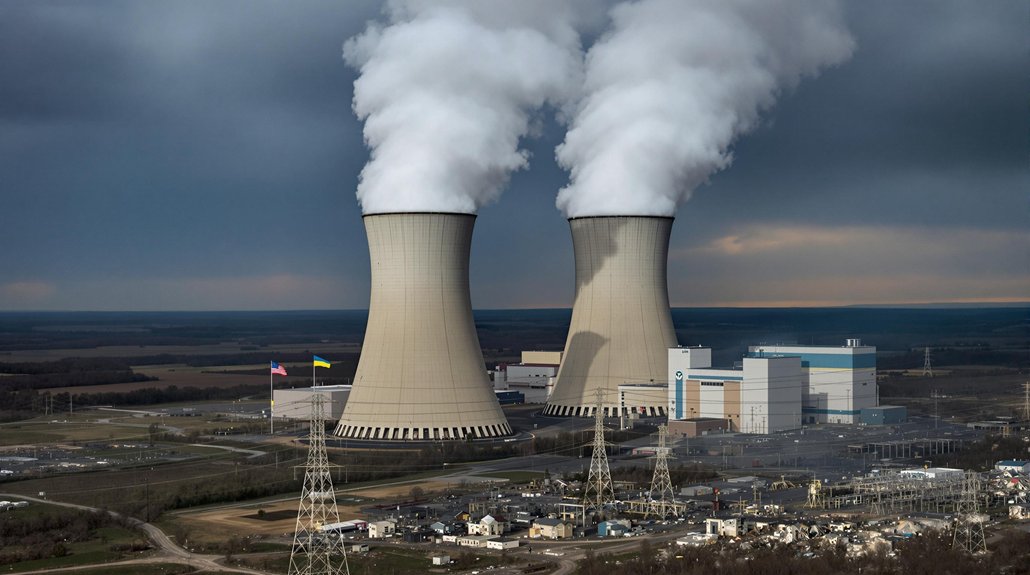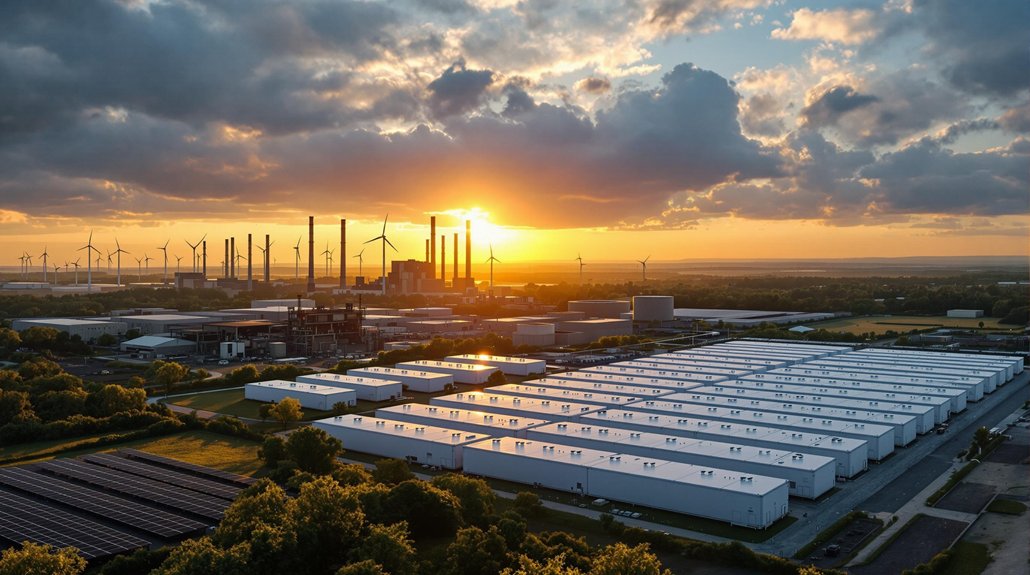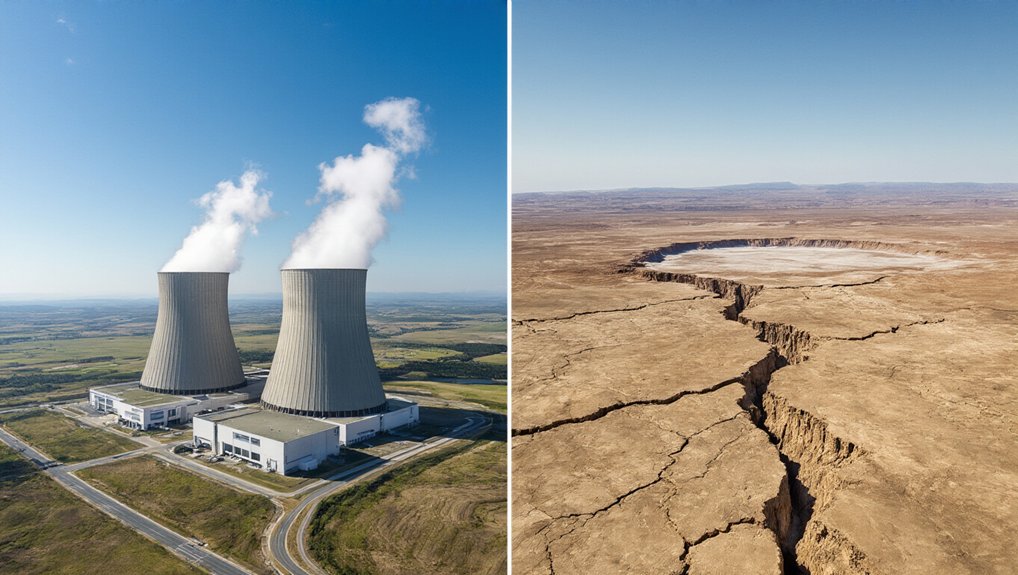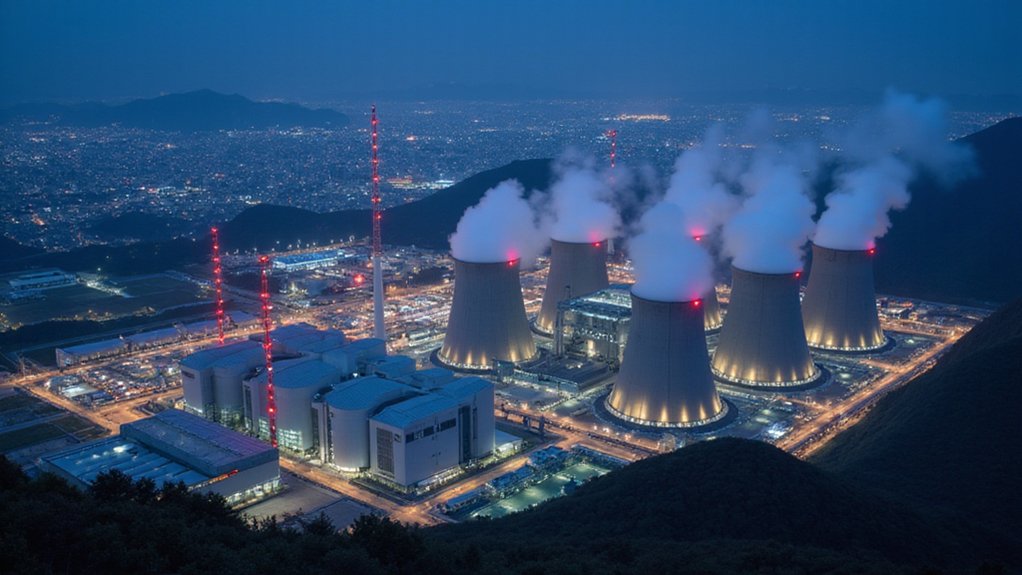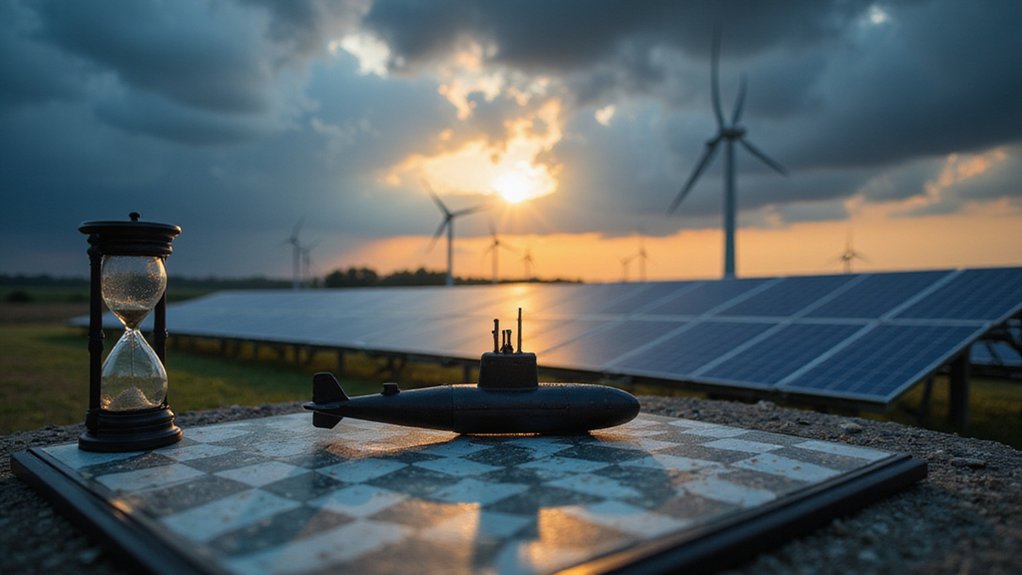Trump’s shocking proposal to take American control of Ukraine’s nuclear facilities comes after his chat with Putin. Convenient timing? You bet. Despite White House endorsement claiming “best protection,” Zelensky isn’t fully on board, preferring Patriot defense systems instead. With two-thirds of Ukraine’s electricity coming from nuclear power and Russian attacks devastating their grid, this power grab raises serious red flags. History suggests America’s “help” with nuclear assets isn’t always what it seems.
In what could only be described as a bold diplomatic maneuver, president Donald Trump has proposed American ownership of Ukraine’s nuclear power plants during a March 19, 2025 call with President Zelensky. The suggestion came just a day after Trump’s conversation with Putin. Convenient timing? You bet.
Trump’s pitch was simple: American expertise equals “best protection” for Ukraine’s vulnerable energy infrastructure. The crown jewel in this nuclear grab? Zaporizhzhia, Europe’s largest nuclear facility. Because nothing says “peace negotiations” like taking control of another country’s power supply.
The proposal arrives amid devastation. Russian attacks have obliterated billions in Ukrainian energy assets. Two-thirds of Ukraine’s electricity comes from nuclear power. With 18 gigawatts of generation capacity already in Russian-occupied territories and over 30 mass strikes in three years, Ukraine’s grid is hanging by a thread. Those Shahed drones don’t take nights off. Putin had only agreed to a limited 30-day pause on energy infrastructure attacks following discussions with Trump.
The White House quickly backed Trump’s play. Press Secretary confirmed details while Energy Secretary Chris Wright practically salivated over America’s “immense technical expertise” to manage Ukrainian plants. It’s all about peace, they insist. Sure.
Zelensky’s response was measured. He discussed only Zaporizhzhia with Trump, not all plants. Instead of nuclear negotiations, he wanted Patriot defense systems. He did agree to stop strikes on Russian energy facilities though. “Substantive and positive,” he called their chat.
International reactions were predictably mixed. The Kremlin complained about Ukraine’s lack of “reciprocity” while the Institute for Study of War raised alarms about potential “Ukrainian capitulation.” Both sides have agreed to meet in Saudi Arabia for the next round of talks to discuss operational details. Some see peace on the horizon. Others see Russia dictating terms.
This isn’t America’s first nuclear dance with Ukraine. After the Soviet collapse, the U.S. helped remove the world’s third-largest nuclear arsenal from Ukrainian soil. The 1994 Trilateral Statement facilitated warhead transfers to Russia in exchange for security assurances.
Those assurances worked out great, didn’t they? Perhaps that’s why Ukraine might think twice about America’s latest nuclear proposition.
